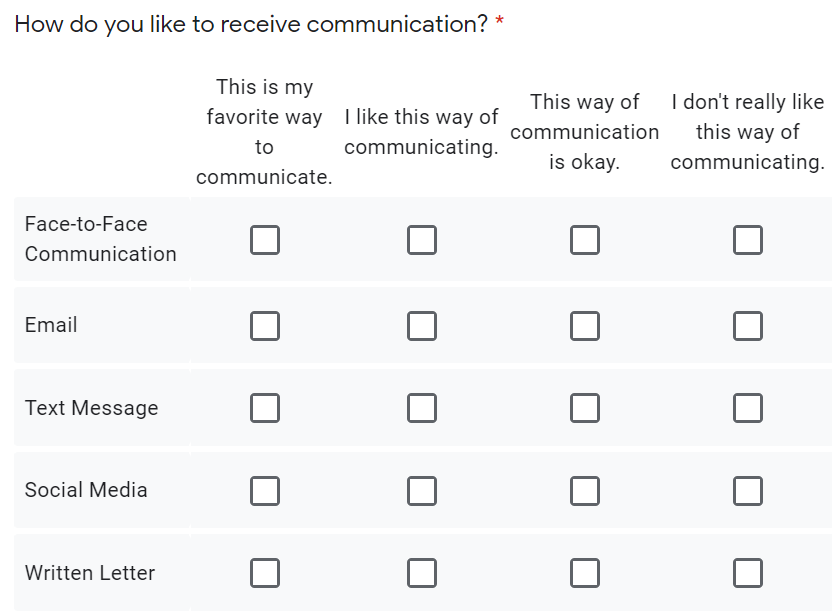In education, we are often told about the importance of connecting with students and families, but our ability to connect with our colleagues is just as important. As Helen Keller once said, “Alone we can do so little. Together we can do so much.” With everything that must be accomplished in education, we need colleagues to be connected. This includes collaborating, engaging in healthy working relationships, sharing ideas, and celebrating with one another. When we have those connections, we are better able to cope with uncertainties and respond to rapid change.
If you feel like you belong, you are less likely to leave. During a time when staff shortages are stifling, we need to help everyone feel like they belong, including ourselves. In order to make this happen, you will need to put in both effort and energy. Below, you will find a list of ideas around how to give the best of yourself and positively connect with colleagues in order to thrive and ultimately improve your school climate and learning for all students.
6 Ways to Positively Connect With Colleagues
In her book, Onward: Cultivating Emotional Resilience in Educators, Elena Aguilar describes this first idea as focusing on the bright spots. According to her, you need to be intentional about finding positive things because there is more good than we think. One way to do this is to set an intention before engaging with others. She writes, “…an intention is softer and more personal than a goal—it’s a statement about how you want to be or show up in a situation. It’s about how you want to orient your mind and heart, and what you want to pay attention to” (2018, p. 182). Consider setting intentions around finding bright spots prior to engaging with your colleagues—and you will.
Similar to students and families, the various people we work with prefer different types of communication. Some prefer face-to-face, while others prefer communication via technology, like email, social media, or text messaging.
-
- Consider using this “How Do You Like to Communicate?” Google Form to gather communication information from colleagues.

In Jennifer Gonzalez’s article, Find Your Marigold: The One Essential Rule for New Teachers, she points out, “By finding the positive, supportive, energetic teachers in your school and sticking close to them, you can improve your job satisfaction more than with any other strategy.”
Actively seek out a colleague’s strengths and acknowledge them, as those strengths can be vital in connecting and allowing for better collaboration and more effective teamwork.
-
- Engage in a protocol, such as Compass Points: North, South, East, and West – An Exercise in Understanding Preferences in Group Work, to learn more about how you might better understand, connect with, and divvy up work between colleagues.
- If you know a colleague’s strengths and have a good relationship with them, you can reach out and get resources and support from them when needed. It saves time and energy when we work smarter, not harder, and knowing our colleagues’ strengths allows for this. When you have more time as a result, it creates more opportunities for meaningful connections with students.
Food brings people together and helps them connect. Eat lunch together in the staff room. If you are uncomfortable eating in a shared space, consider eating together while on a videoconferencing platform and use conversation cards, such as Table Topics, to get to know one another better. Making personal connections and developing positive relationships with your colleagues is directly connected to personal and school success.
-
- Play lunchtime games on a digital platform. Below are some examples and templates:
When colleagues are successful, we should honor them. This recognition validates their accomplishments and can motivate them to strive for continued success. Even if we can’t be physically together, there are still ways to publicly recognize our colleagues’ success. Various options are highlighted below.
-
- Put together educator showcases, where educators can share what they are doing with students, student work samples, and anything else they are proud of from their classroom. This can be done in many different formats, such as gathering in breakout groups, using a digital slideshow, or sharing pictures.
- Create a staff website to showcase educator work and celebrations. Consider using Google Sites (Tips)—a free and friendly website creation tool that is part of the Google Workspace suite of offerings.
- Create a celebration page, using a Google Jamboard (Tips), Padlet (Tips), or Flip (Tips), where educators can easily and quickly share celebrations in a shared space.
- Find ways, like the ideas below, to honor and celebrate one another:
- Consider celebrating some or all of the important events below:
- Birthdays
- Academic success
- Graduations (both of educators and their family members)
- Community-building challenges
- Spirit days
- Educator bright spots
- Retirements
Remember that no one can pour from an empty vessel. During a time when many vessels are running low or almost dry, it’s imperative that we figure out how to fill those vessels for one another, connect, and work together to create a positive, joyful, and supportive environment. As Henry Ford said, “Coming together is a beginning. Staying together is progress. Working together is success.” Let’s all be successful!
References
- Aguilar, E. (2018). Onward: Cultivating emotional resilience in educators. John Wiley & Sons.
- Gonzalez, J. (2013, August 29). Find your marigold: The one essential rule for new teachers. Cult of Pedagogy.
Extend Your Learning
- 9 Ways to Build Strong Teacher Relationships with Colleagues (Hey Teach)
- Connecting with Colleagues (Greater Good in Education)
- Building Positive Relationships with Fellow Educators (National Education Association)
- Coaching Teams Tools (Bright Morning)
- 5 Reasons Social Connections Can Enhance Your Employee Wellness Program (Forbes)
- Encouraging Responsible Screen Time and Managing Communications (Jam)
